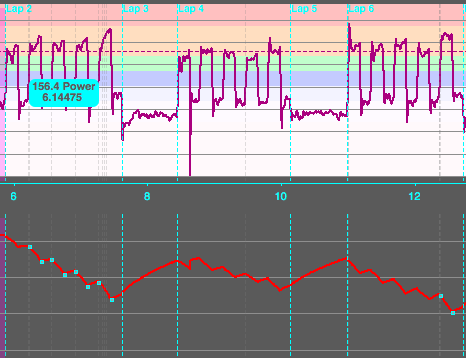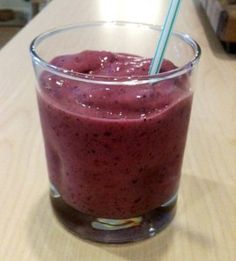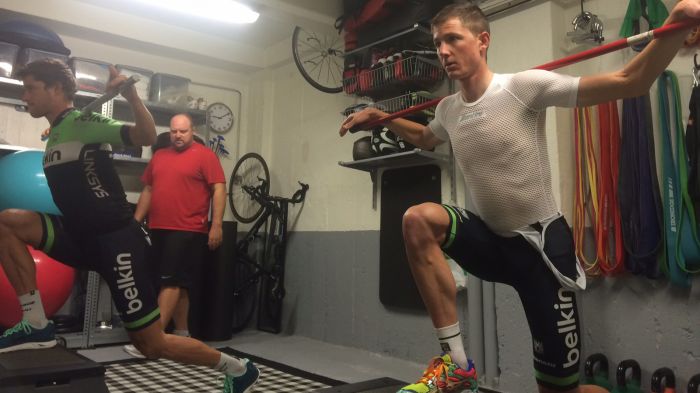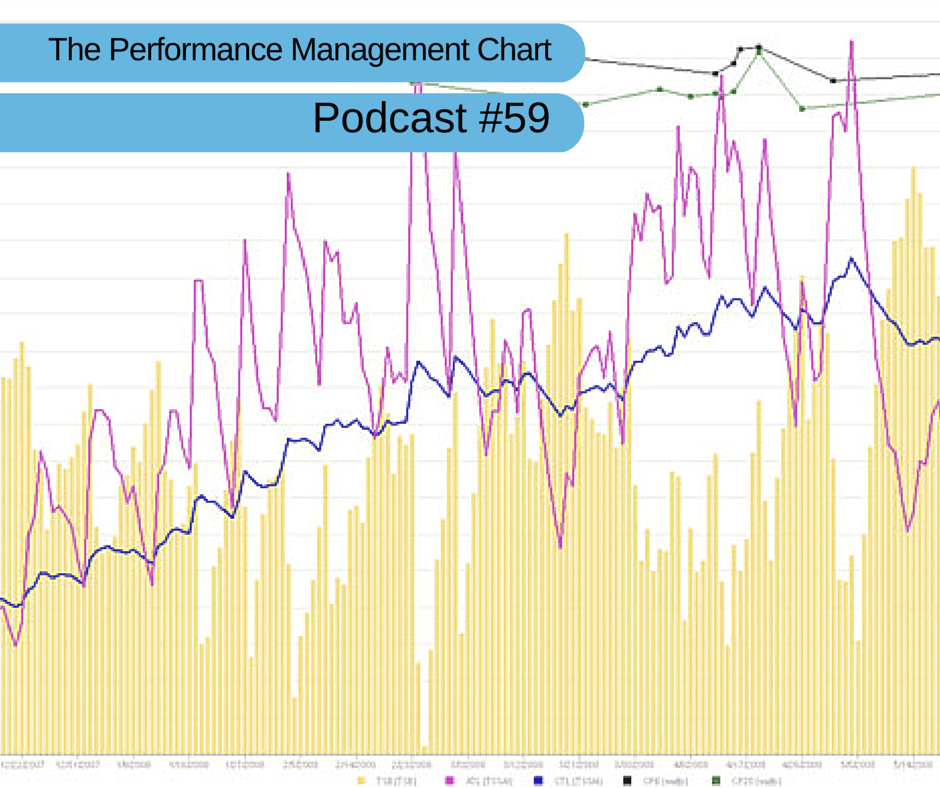
VO2 max training is one of my secret keys to building strong cyclists, and it's the key to unlocking bigger functional threshold power (FTP) gains later in your training. Physiologically, VO2 max is the maximal amount of oxygen your body can use during high-intensity exercise. FTP is simply a fraction of that maximal amount under which your body is primarily producing energy through aerobic means. Basically, think of VO2 max as your fitness “ceiling”. You can only increase your FTP so far before you start running into that ceiling, so you have to “raise the roof” on your fitness if you want to bump your FTP up further.
Here's the part most people don't realize: you don't need to backload your program with a ton of 5 to 8-minute intervals in order to accomplish the goal of VO2 max training.
VO2 Max Training In 30 Seconds?
Microburst training is one of the many tools I use to build fitness in the athletes I coach. Surprisingly, microburst training (which is a fancy way of saying really short, really hard repetitive interval training) is a quick way to boost your cycling fitness and make you stronger and faster. It's been tested time and time again, and while it's TRUE that you can build big fitness in 30 second blocks, you have to be prepared to bury yourself in the pain cave for a while. If you're able to handle the intensity, you'll end up realizing fitness gains you never believed you'd find in such a short time.
But how can blocks of 30 to 50 seconds build fitness that will allow you to crush those 4, 5 and 6 minute efforts in races and fondos? After the jump, I'll explain why it works, cover the physiology of it and give you a few workouts that you can integrate into your weekly training.
Continue reading “VO2 Max Training in 30 Seconds”

Many of us enjoy riding hard: climbing steep grades, pushing huge gears on the flats and trying to put our riding buddies into difficulty at every opportunity. But that desire, along with unusually strong work ethic possessed my most cyclists can be a doorway to damnation: overtraining can rear its ugly head. The key to preventing overtraining, as well as seeing marked improvement may not be your workouts, but what you do in between them.
Check out the post recovery tips after the break and learn how to get stronger and faster by resting and recovering harder.
Continue reading “Post Workout Recovery Tips”

When your training is going great, nothing can crush your motivation like hitting a cycling plateau. Those weeks where you just can't seem to find a couple more watts, a couple more tenths of a MPH, or a few more seconds on that climb can be hugely demoralizing. But you have to realize that plateaus are a normal part of training progression and that progression can't progress forever in a linear fashion.
In this podcast, I'll teach you a couple of important things. You'll learn the questions to ask to determine if you've sabotaged your own fitness gains or if you're truly stuck on a cycling plateau. If your fitness is stagnant, you'll find out how to roll with the situation and break through the plateau.
Click through for the show notes, and I encourage you to subscribe to the Tailwind Coaching Newsletter, because I'll be providing you with a series of workouts to help you punch through your cycling plateau!
Continue reading “Breaking Through The Cycling Plateau (Podcast #61)”

It's no secret that cycling requires strength: leg strength, arm and shoulder girdle strength and core strength (and stability) are often overlooked parts of cycling prowess. I've personally seen the benefits of combining moderate strength training with cycling, and I've seen clients, athletes and patients benefit greatly from increased strength.
“But cycling is and aerobic sport” I hear you cry. You're 100% right, cycling (aside from track sprinting) is predicated on aerobic conditioning and capacity. However, no sport can exist in a strength vacuum;, and cycling is no exception; lack of strength (especially functional strength) is a short road to injury and underperformance. Your body needs strength and stability to be able to efficiently utilize its aerobic capacity. The problem with strength and stability is that it's exactly like your aerobic capacity in the idea that if you don't use it you lose it. I've talked about strength training and building strength in weightlifting for cyclists part 1 and part 2, and detailed in my Raw Strength Modular training plan, but an important part of strength training is maintaining the gains made during those winter sessions. That can be tough for a couple reasons, which I'll explore in today's podcast.
Click through for the show notes and learn how to maintain those winter strength gains through the year and set yourself up for even bigger gains next year.
Continue reading “Maintaining Strength Gains During The Season (Podcast #60)”

What is a cycling performance management chart and what can it do for you? Is it just a way to graph your fitness? Does it tell you if you're ready to race? Will it keep you from overtraining?
The performance management chart (PMC) is one of the lifelines between an athlete and their structured training work load. Many of my listeners, customers and athletes have asked me what all those squiggly little lines and numbers mean? Sure, there's a basic concept of “keep on climbing” the fitness mountain, but it's a far more nuanced tool than just that, revealing information about your fitness, form and where you may potentially be overdoing it.
After the jump we'll discuss the basics of the PMC, how you manage your training and your fitness using a PMC, how to read all those little lines and how you can use the PMC as a tool to maximize your performance. I'll also talk about what the PMC CAN'T do, which is perhaps the most important thing to know.
Check the show notes after the jump for more:
Continue reading “The Cycling Performance Management Chart (Podcast #59)”




